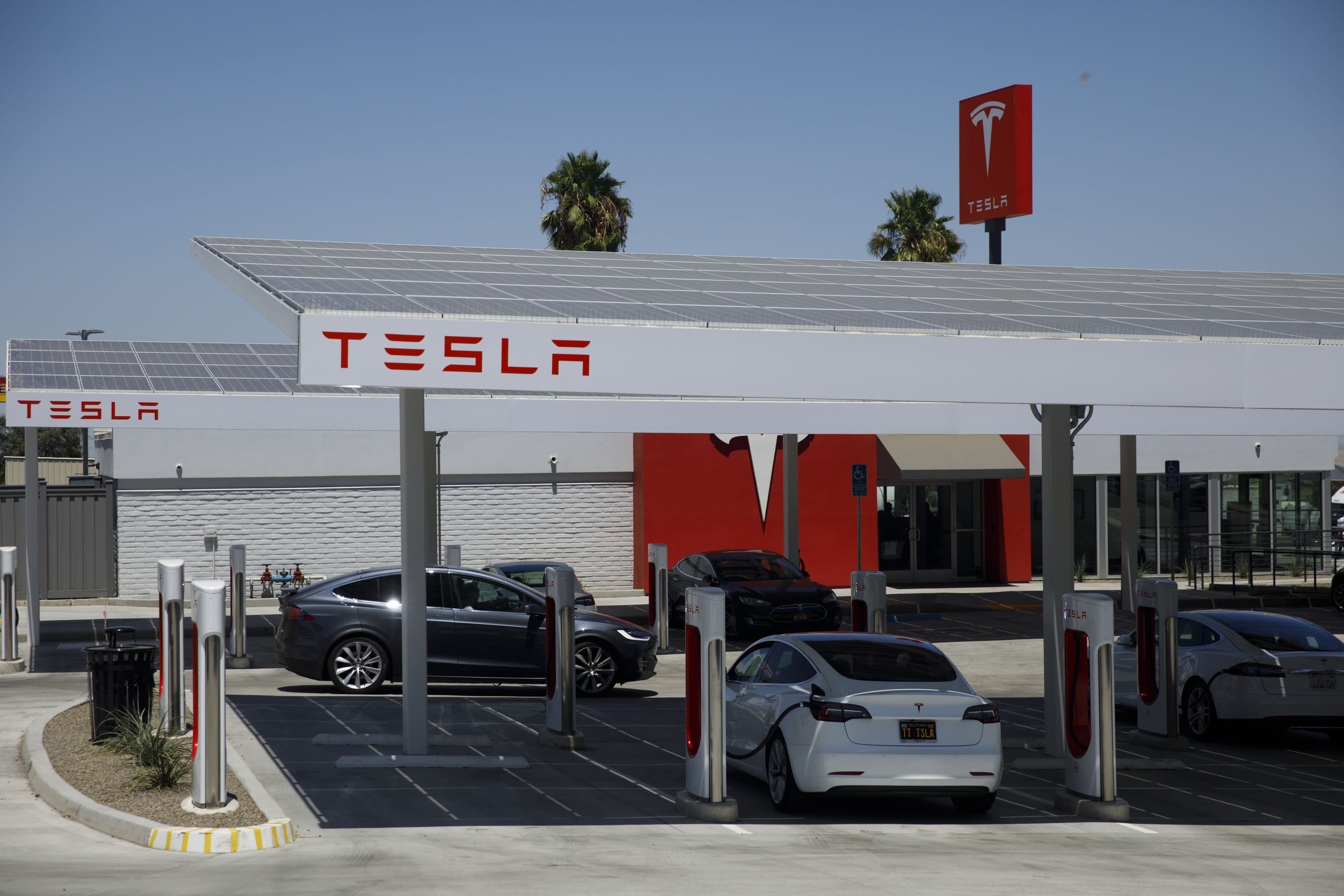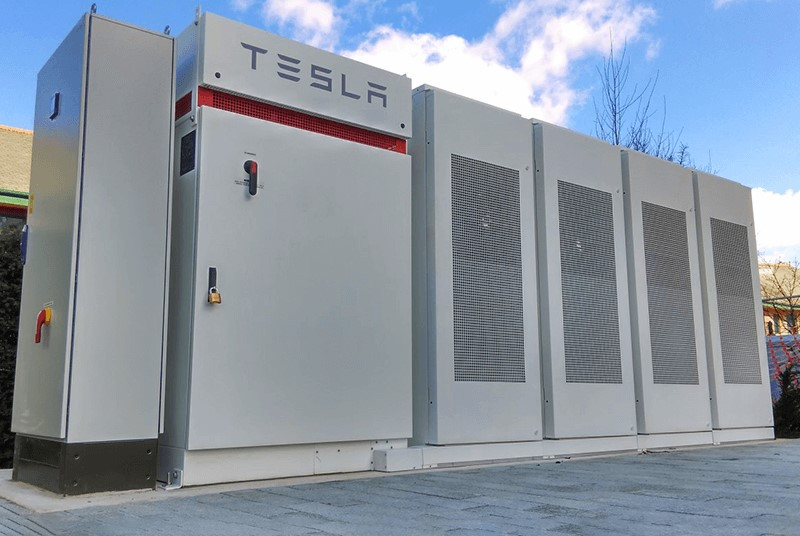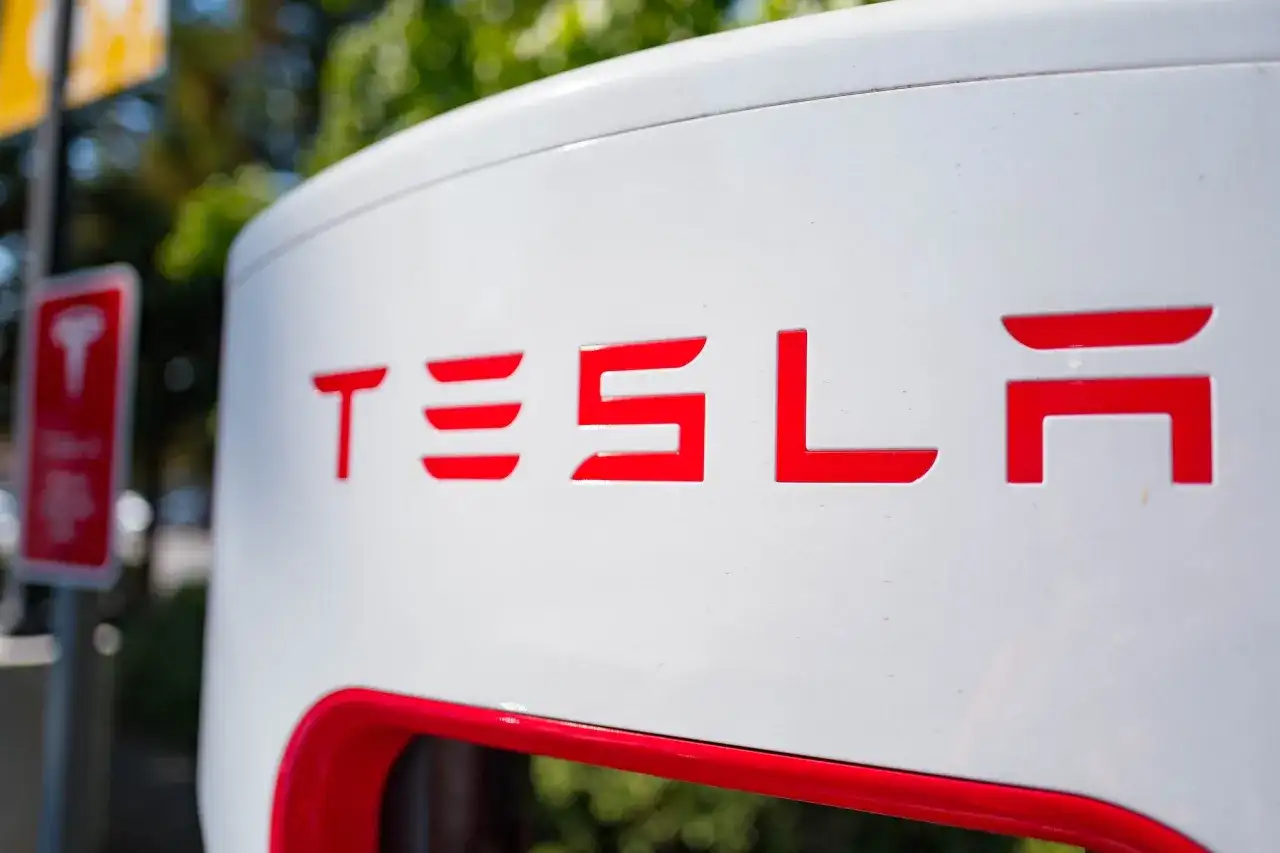The most recent innovations in solar panel technology made by Tesla represent a significant advancement in the field of renewable energy. The most recent innovations from the company address common issues like performance and integration with home systems while also improving the aesthetics and efficiency of solar panels.

The improvement in panel efficiency, which enables greater energy generation from the same amount of sunlight, is one of the most important developments. In addition to improving the overall performance of solar installations, this improvement in efficiency increases the viability of solar energy for a wider range of applications. The utility of Tesla's solar panels has been further enhanced by their new ability to maximize energy capture even in low-light conditions.
Tesla has also made progress in the design and integration of their solar products. The new panels have a sleek, low-profile design that looks great on residential rooftops and makes solar installations look better as well as work better. Advanced technology complements this design innovation by making installation simpler and more cost-effective, saving customers time and money.

In addition, Tesla's most recent developments include enhanced connectivity features that make it possible to better monitor and manage solar energy systems using Tesla's software platforms. This integration enables users to make more informed decisions regarding their energy use by providing them with real-time insights into their energy production and consumption.
In general, Tesla's most recent advancements in solar panel technology represent a significant advancement in the search for environmentally friendly energy solutions. Tesla is making renewable energy more accessible and effective for a global audience and setting new standards for the solar industry by combining improved efficiency, cutting-edge design, and advanced connectivity.
Tesla has made significant strides in the solar energy market with its innovations in solar panel technology. In 2024, Tesla's solar solutions continue to evolve with a focus on increased energy efficiency, cost reduction, and integration with other Tesla energy products. A key feature of Tesla’s solar panels is their affordability and efficiency, with panels priced around $2.50 per watt, which is competitive in the solar market. This pricing is crucial, as it allows consumers to consider solar energy as a viable option even when upfront costs are involved.
Tesla’s solar technology is complemented by its Powerwall, which stores the excess energy produced by the solar panels for later use, providing homeowners with a robust energy solution. Powerwall 3, slated for release in 2024, includes significant updates, such as an integrated solar inverter, further simplifying the system for users. The Powerwall acts as a backup during power outages and is essential for maximizing the utility of a solar panel system, especially in regions with unreliable electricity grids.
Tesla’s focus on efficiency is evident in the advancements of its solar panels. These panels boast a respectable efficiency rate of about 19% to 19.6%, slightly lower than some of the industry leaders, which can reach 22%. However, Tesla’s innovative approach aims to lower the overall cost of installation, ensuring that their systems are accessible to a broader market. Tesla has also committed to offering customers a 25-year performance warranty, highlighting the longevity of their technology.
One of the significant challenges Tesla faces in the solar panel market is customer service. Many customers have reported frustrations with Tesla’s support channels, particularly regarding response times and installation schedules. While the panels themselves are often praised for their functionality, the customer service experience has been a major pain point for many buyers. These customer service issues reflect the growing pains that accompany rapid technological advancements and expansion.
Beyond product enhancements, Tesla continues to shape the future of solar energy by making its systems more integrated and user-friendly. They are incorporating artificial intelligence to better predict energy production and consumption, offering a more customized experience for homeowners. This integration also extends to Tesla’s other products, like electric vehicles, which can be charged using solar power, creating a holistic energy ecosystem for users.
In summary, Tesla’s solar energy solutions in 2024 are pushing the boundaries of solar technology with a focus on affordability, energy efficiency, and customer convenience. While there are some hurdles in terms of service, the overall improvements in both hardware and software continue to make Tesla a key player in the renewable energy space. Tesla’s innovation not only helps reduce costs for consumers but also pushes the entire industry forward, driving more sustainable solutions for the future.
Tesla's innovations in solar technology are driving the future of renewable energy by improving the accessibility, efficiency, and integration of solar panels. Tesla's solar roof and its traditional solar panel offerings are central to the company’s mission to provide clean, sustainable energy solutions. The company’s most notable solar product is the Solar Roof, which integrates seamlessly with the roof of a home, eliminating the need for traditional solar panels. The tiles themselves are made of tempered glass and contain photovoltaic cells that generate power from sunlight. Tesla’s Solar Roof was designed to be more aesthetically pleasing and durable than conventional solar panels while producing similar or greater energy output.
In terms of energy efficiency, Tesla’s solar panels continue to evolve. Although some of Tesla's panels are still slightly behind the leading competitors in efficiency, such as SunPower, Tesla’s focus on cost reduction helps it remain competitive. Tesla has recently focused on innovations that make installation faster and simpler. Solar Panel 3.0, the company’s most recent panel offering, includes integrated microinverters, allowing the system to convert DC power to AC power more efficiently, reducing installation complexity and improving overall performance.







